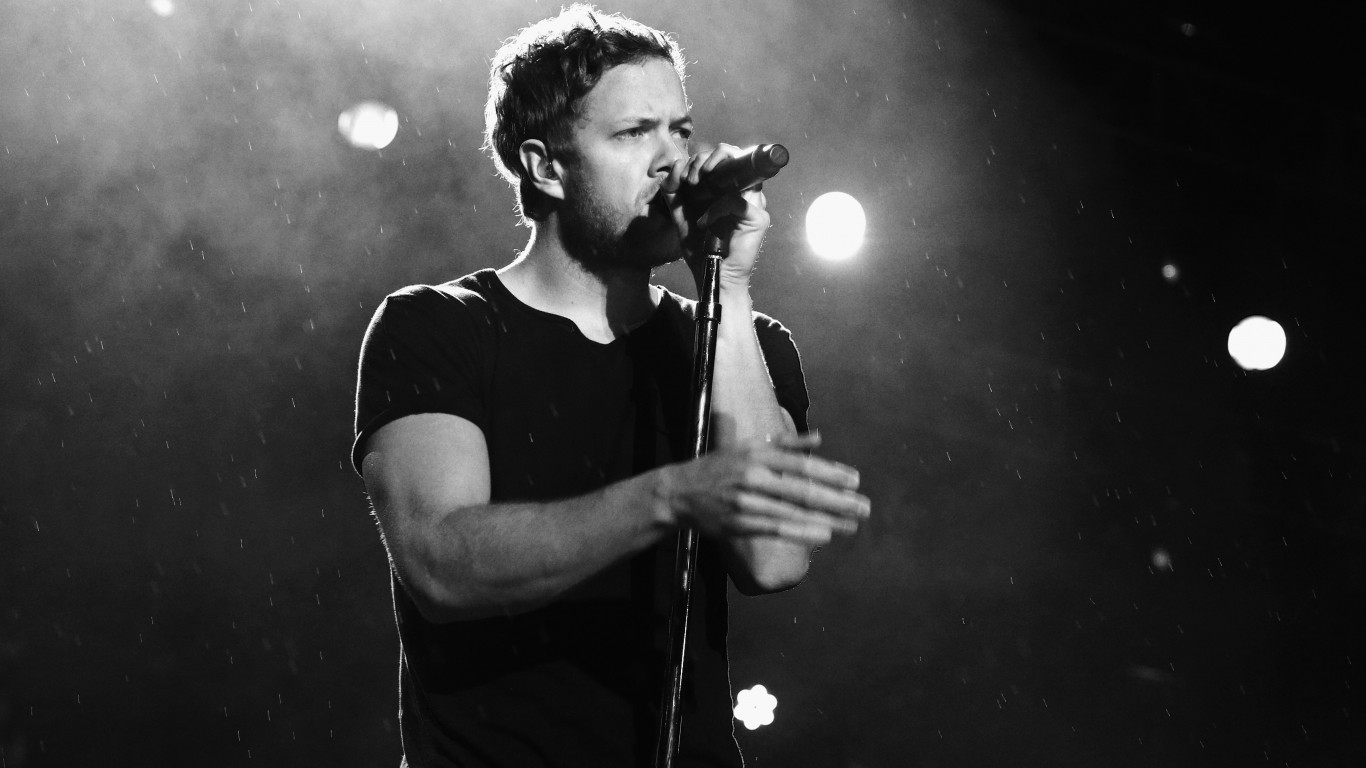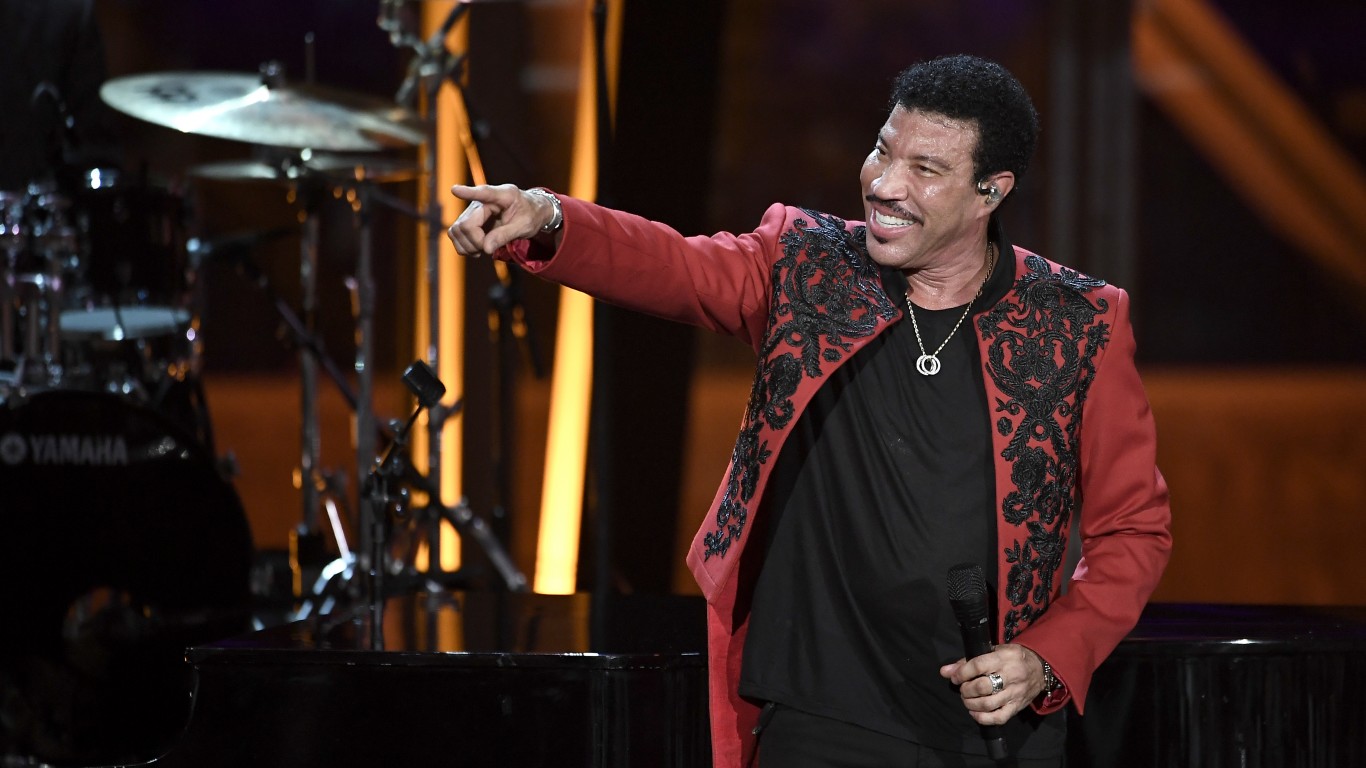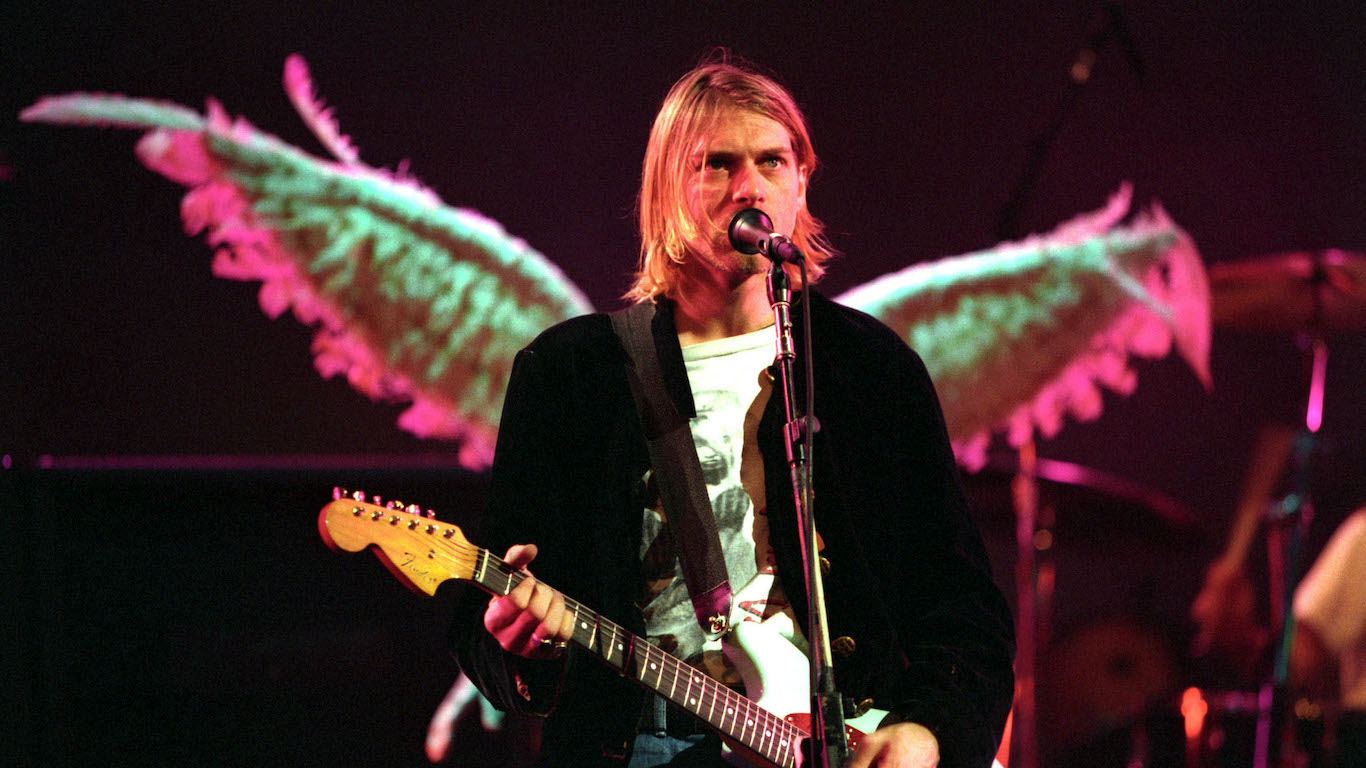
Music videos (including songs for kids) currently top the list of the most-watched category on YouTube. Canadian artist The Weeknd, for instance, recently released a music video for his song “Is There Someone Else” that racked up over 11 million views on YouTube in a matter of weeks.
Although the video sharing website is now the dominant music streaming platform – and a crucial marketing channel for musicians – music videos have been used as promotional tools since long before the ubiquity of the internet.
The genre far predates the invention of video, in fact. Musical short films have been around since the 1890s, and producers for rock bands including the Moody Blues and The Beatles were making promotional film clips as early as the mid 1960s. But it was the success of Queen’s iconic 1975 promotional video for “Bohemian Rhapsody” that is often credited with establishing the form as a pivotal tool for marketing new music and increasing sales. (This quintessential anthem by Queen also appears on our list of every song in history that is certified diamond.)
To assemble a list of the most iconic music videos, 24/7 Tempo viewed videos from sources such as YouTube, then used editorial discretion to choose those that had the most impact on the genre; were most notable for their social commentary, innovation, or interaction of different musical styles; have racked up the highest number of views online.
After “Bohemian Rhapsody,” music videos gained steam as a major promotional medium, but it wasn’t until the advent of MTV in 1981 that they became a driving cultural force. Aside from providing a venue for musicians to express their style and artistry, music videos quickly became a way to convey social and political commentary to a wide audience. (Here are 50 protest songs that made the Billboard Hot 100.)
Click here to read about 25 iconic music videos
Some videos, including Madonna’s “Like a Prayer,” sparked controverslike a y and inspired boycotts. Others, like Michael Jackson’s “Thriller” have been parodied countless times and still influence choreography decades later.
Although MTV’s heyday as a showcase for videos is over, the music video remains a pervasive medium in the digital age. Over 300 music videos, including K-pop star Psy’s “Gangnam Style” have accrued more than 1 billion views on YouTube.
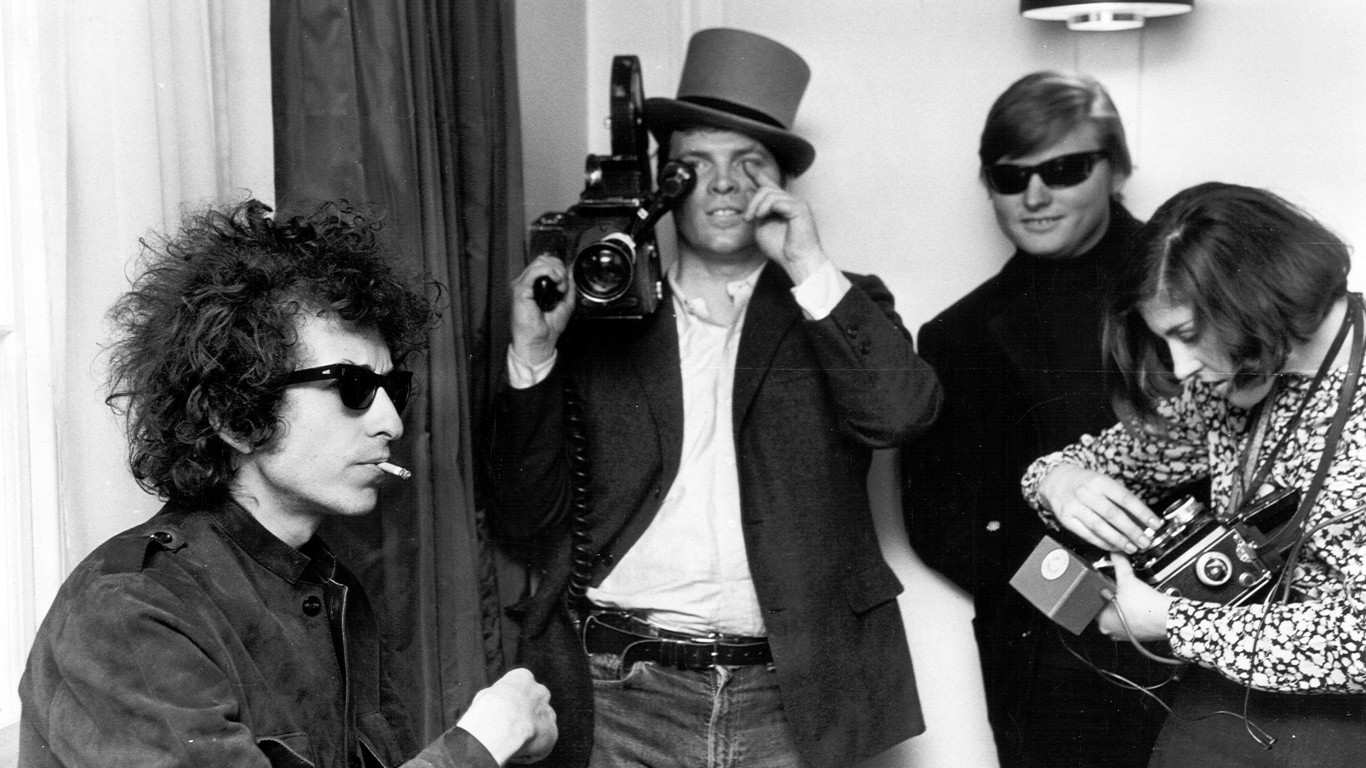
Subterranean Homesick Blues
> Released in: 1967
> Artist: Bob Dylan
Considered an influential forerunner of music videos, though not an actual video – it’s a scene recorded for D.A. Pennebaker’s Dylan documentary “Don’t Look Back” – this features Dylan in a London alley holding up and discarding cue cards with the lyrics to his song on them. The clip has been parodied numerous times and has established itself as a pop culture motif.
[in-text-ad]
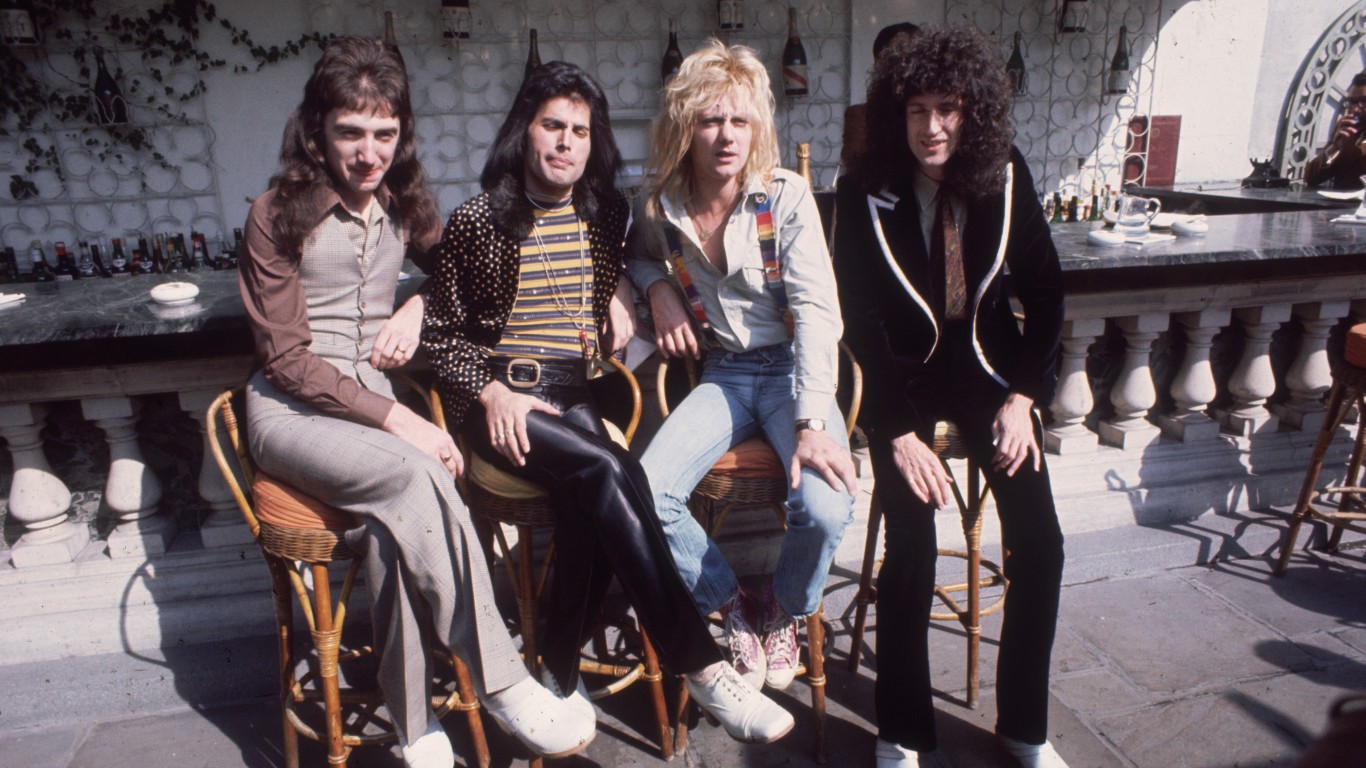
Bohemian Rhapsody
> Released in: 1975
> Artist: Queen
Often recognized as the first actual promotional music video, this 1975 masterpiece directed by the late Bruce Gowers helped to establish the music video as an essential marketing tool in album promotion. In 1999, the video reached 1 billion views on YouTube, making it the oldest music video to do so.

Ashes to Ashes
> Released in: 1980
> Artist: David Bowie
Co-directed by Bowie and David Mallet, this was the most expensive music video ever made at the time of its production (and still ranks among the most expensive). Featuring an altered color scheme with a black sky effect, the eerie video, shot in three locations propelled Bowie’s single to No. 1 in the U.K. s
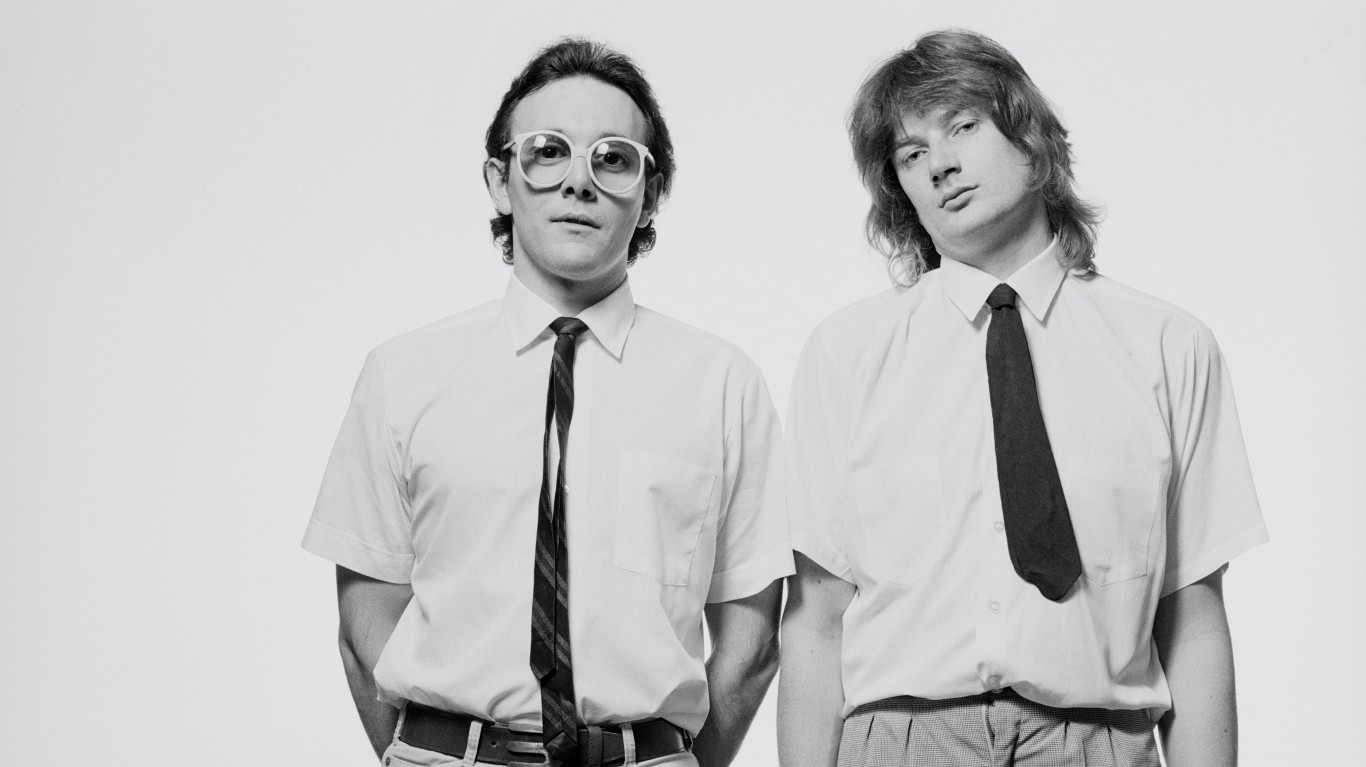
Video Killed the Radio Star
> Released in: 1981
> Artist: The Buggles
This video directed by Russell Mulcahy has gone down in history as the very first music video to air on MTV during its debut broadcast on Aug. 1, 1981. The catchy synth-pop hit, which had already peaked on the Billboard charts in 1979, was itself a commentary on the changing nature of technology and its use in art.
[in-text-ad-2]
Thriller
> Released in: 1983
> Artist: Michael Jackson
Conceived by John Landis, director of such comedy films as “Blues Brothers” and “Coming to America,” this 14-minute theatrical short horror video became a Blockbuster hit and helped catapult a young Michael Jackson into pop superstardom. It also set a high bar for music video quality and helped to dissolve racial barriers on network television. The song’s choreography has been mimicked and parodied countless times since.

Rockit
> Released in: 1983
> Artist: Herbie Hancock
One of the most innovative music videos of its time, this video, featuring animated mannequins, was directed by Kevin Godley and Lol Creme. It won five MTV video music awards in 1984 including Best Art Direction, Best Special Effects, and Most Experimental Video. “Rockit” was the first single by a jazz musician and one of the first singles by a Black artist other than Michael Jackson to be aired on MTV.
[in-text-ad]
Beat It
> Released in: 1983
> Artist: Michael Jackson
Another short theatrical video utilizing spectacular choreography that was made to promote Michael Jackson’s “Thriller” album, “Beat It” stars Michael Jackson as a peacemaker who stops a fight between warring gangs with the power of dance. Choreographed by Michael Peters and directed by Bob Giraldi, the video features dancers as well as real L.A. gang members, and revolutionized the use of syncopated dance moves in music videos.
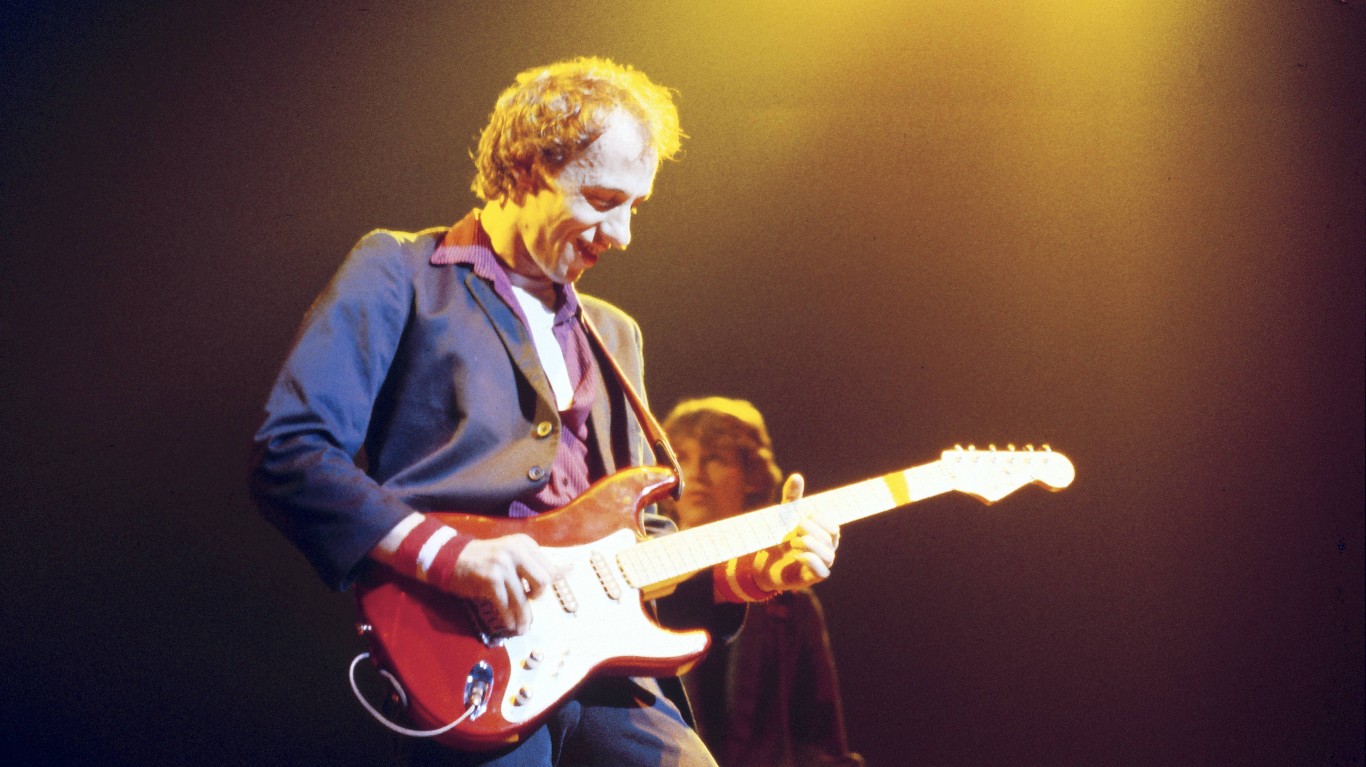
Money For Nothing
> Released in: 1985
> Artist: Dire Straits
With one of the first depictions of CGI human characters on MTV, this offering from director Steve Barron took home the network’s award for Video of the Year in 1986. Ironically, songwriter and Dire Straits frontman Mark Knopfler was famously against music videos – “Money for Nothing” is framed as a blue-collar skewering of the medium’s stars – and had to be convinced by MTV to relent to the video’s creation.

Take on Me
> Released in: 1985
> Artist: a-ha
Released in 1984 with a generic music video, this song by Norwegian synth-pop band a-ha failed to gain traction until director Steve Barron put together this comic book fantasy video using rotoscoping, an animation technique that involves tracing over motion picture footage to create realistic movements. The song took home six MTV video music awards in 1986, including Best Concept Video.
[in-text-ad-2]
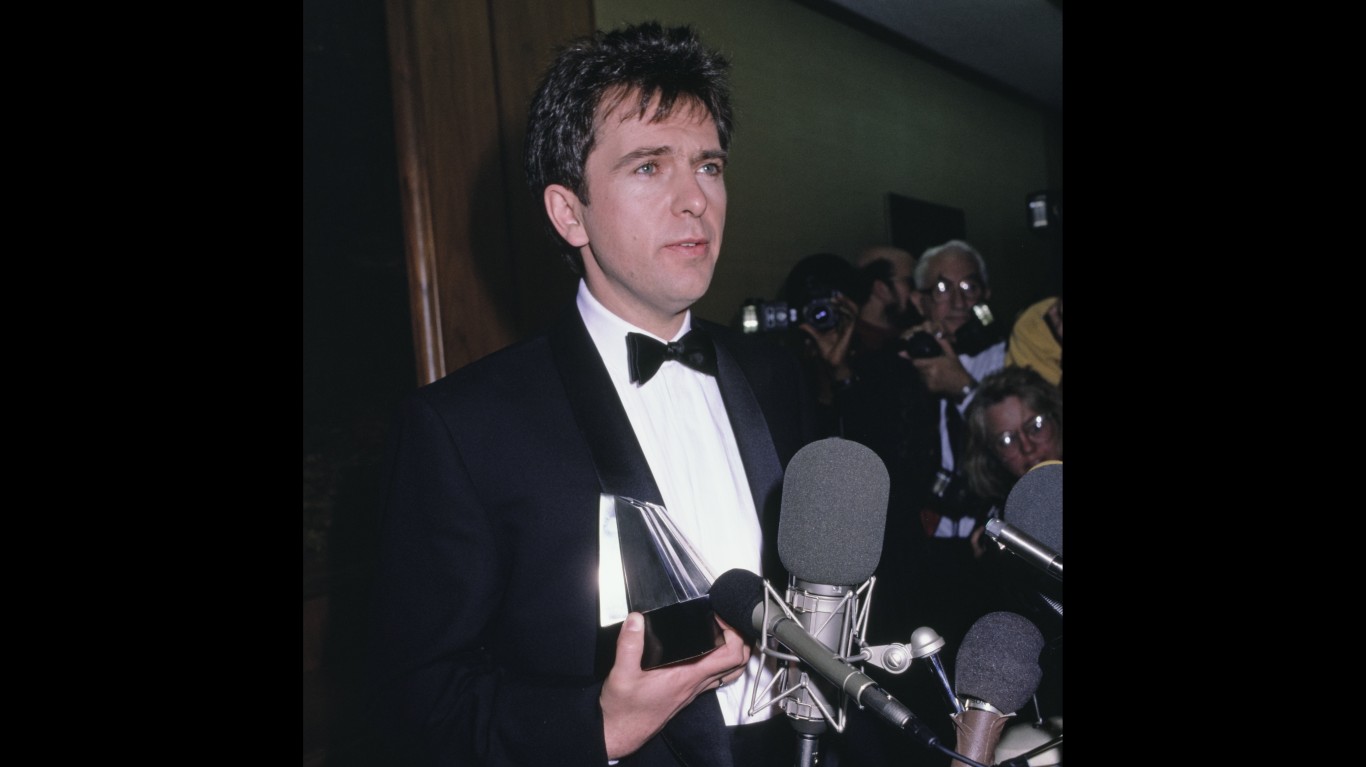
Sledgehammer
> Released in: 1986
> Artist: Peter Gabriel
This eye-popping stop-motion music video from director Stephen R. Johnson features claymation and pixelation. During filming, Peter Gabriel had to lay under glass for 16 hours, as each frame was shot in sequence. The song won a record nine MTV video music awards in 1987 and remains MTV’s all time most played video.
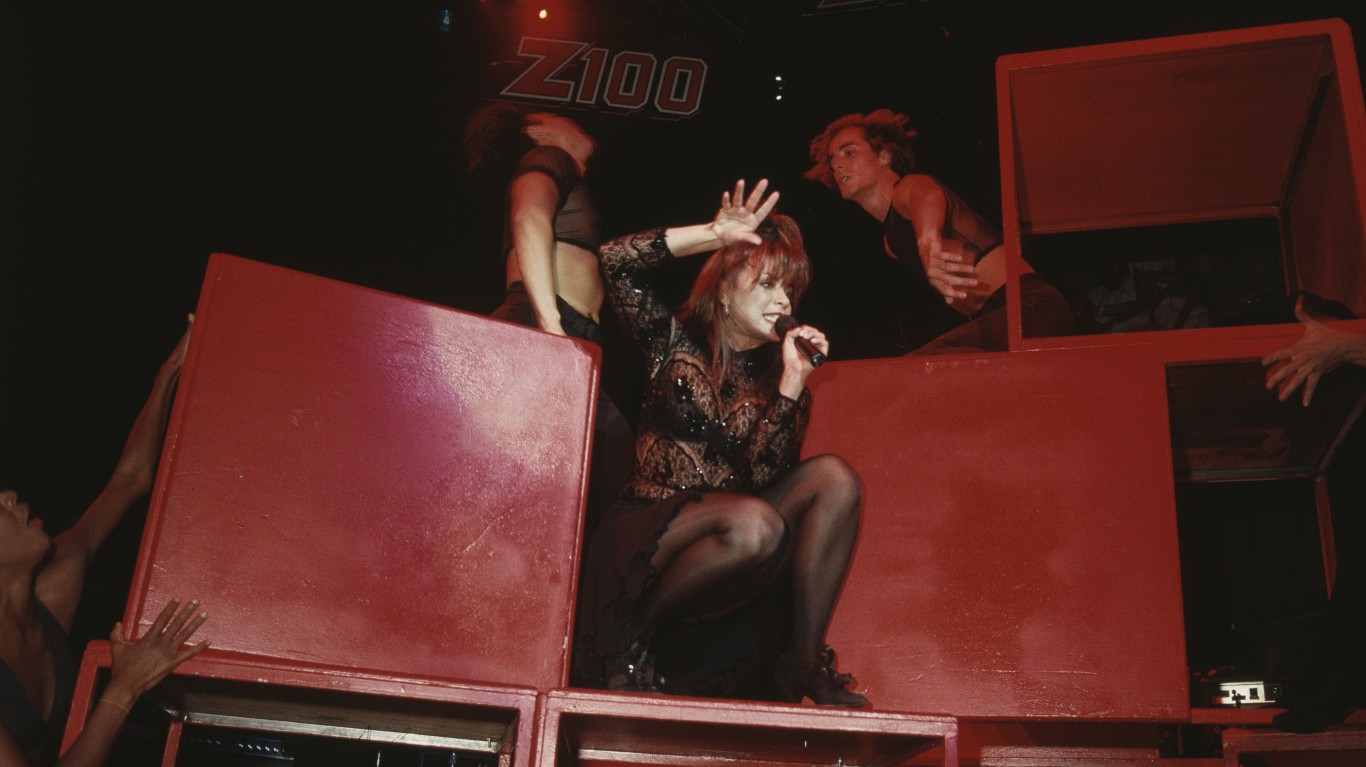
Opposites Attract
> Released in: 1989
> Artist: Paula Abdul
Inspired by the Gene Kelly film “Anchors Away,” in which Kelly dances with an animated mouse, this video follows Abdul as she dances in an alley with an animated partner, dubbed MC Skat Kat – brought to life by members of Disney’s animation team. The video was directed by Candace Reckinger and Michael Patterson, the duo behind the animation for a-ha’s “Take on Me.”
[in-text-ad]
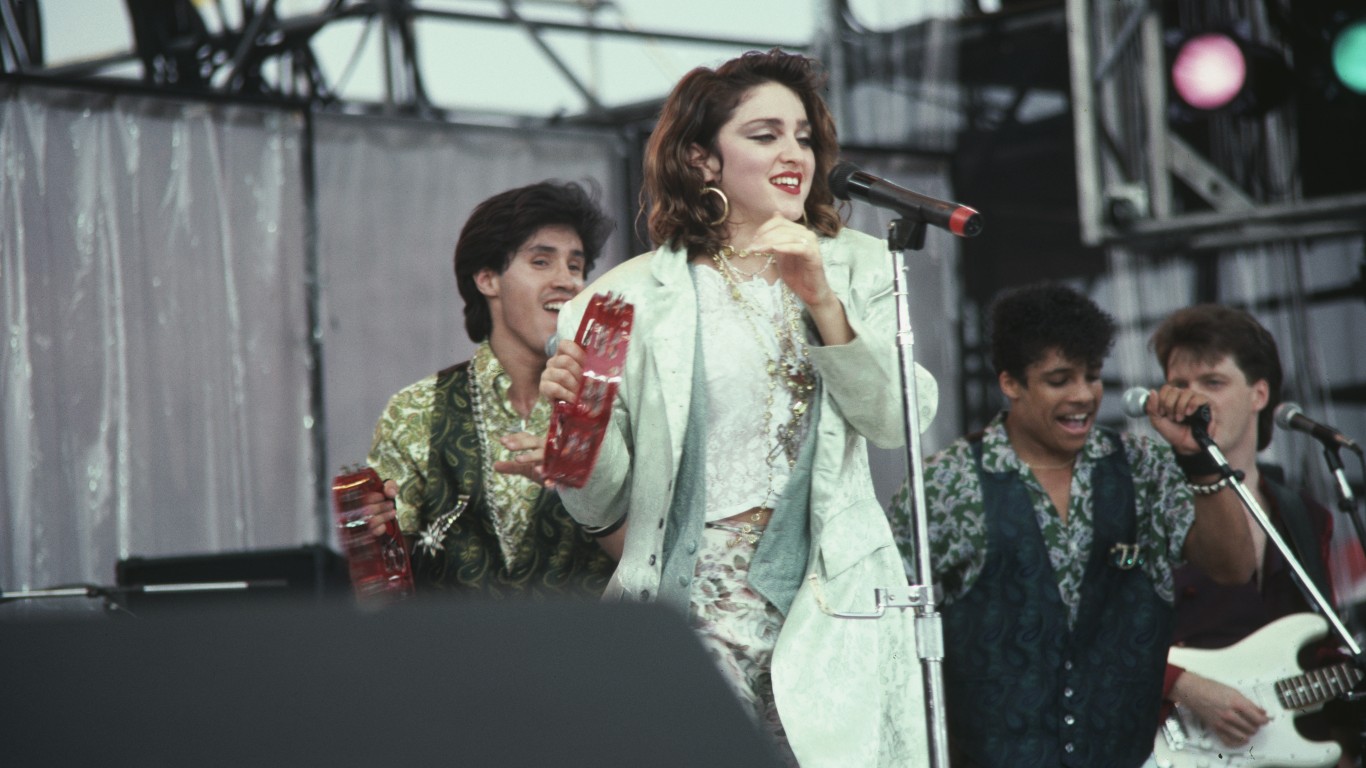
Like a Prayer
> Released in: 1989
> Artist: Madonna
After signing a $5 million endorsement deal with Pepsi, who used “Like a Prayer” in a TV commercial, Madonna released this controversial video by director Mary Lambert, which depicted the wrongful incarceration of a Black man, as well as the singer dancing in front of burning crosses and being kissed by a Black saint inside a church. Religious groups condemned the video and called for a boycott of Pepsi, which promptly canceled Madonna’s contract.
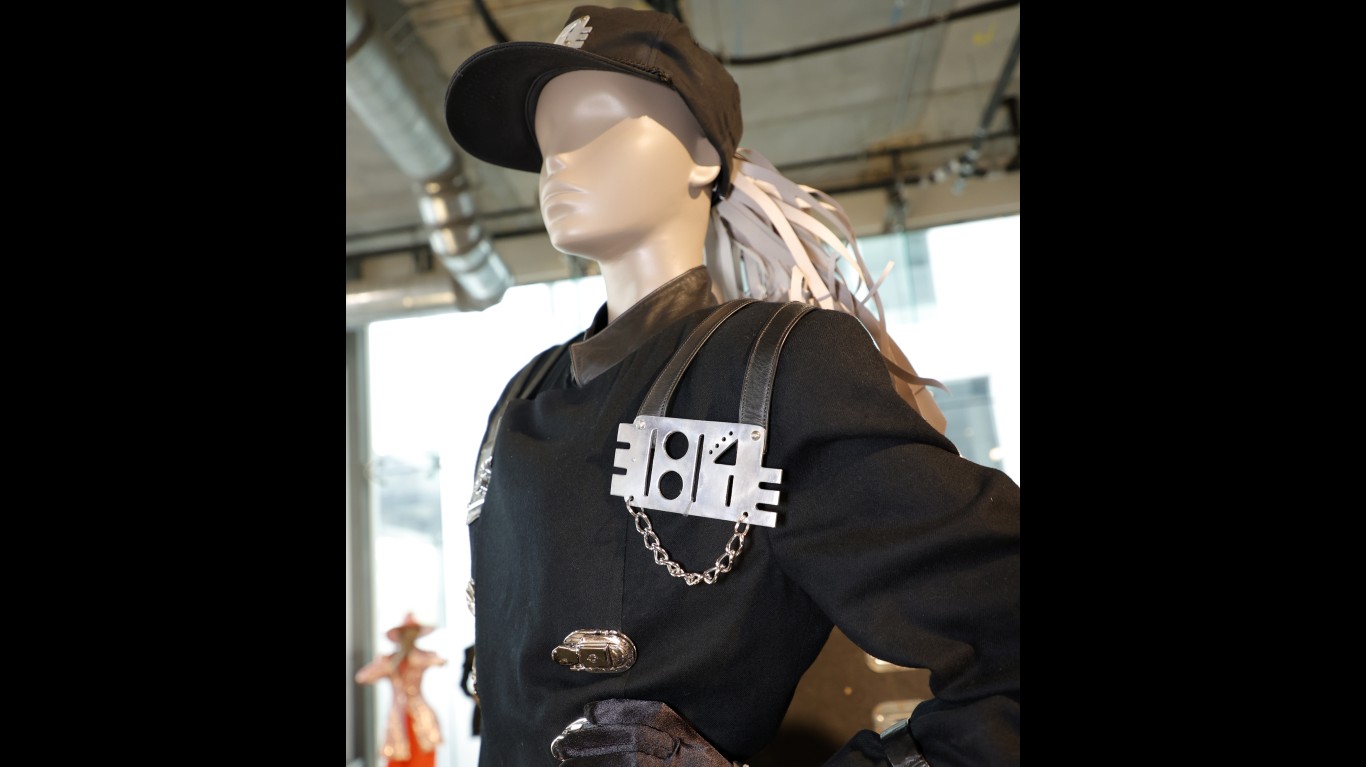
Rhythm Nation
> Released in: 1989
> Artist: Janet Jackson
Using powerful imagery including dancers wearing black unisex military-style outfits in an industrial warehouse setting, “Rhythm Nation,” directed by Dominic Sena, conveyed a socio-cultural message of unity while championing the beauty of Black aesthetics. The iconic choreography has since become a mainstay in talent shows and dance classes, and has been cited as an influence by numerous modern performers.

Vogue
> Released in: 1990
> Artist: Madonna
Inspired by the House of Xtravaganza, an underground queer Black- and Latino-led drag queen ballroom scene from 1980s Harlem, Madonna’s “Vogue” exposed to the mainstream a style of performance that had largely been subcultural until that point. The black-and-white video was directed by David Fincher, later known for such high-profile films as “Fight Club” and “The Girl with the Dragon Tattoo,” and won three awards out of nine nominations at the 1990 MTV Video Music Awards.
[in-text-ad-2]

Smells Like Teen Spirit
> Released in: 1991
> Artist: Nirvana
Portraying a high school pep rally that goes from apathetic to an all-out mosh pit and riot, this video helmed by first-time director Samuel Bayer used real Nirvana fans as the student extras, and cast local strippers as the cheerleaders. “Smells Like Teen Spirit” helped catapult grunge, and Nirvana, into the mainstream.

Virtual Insanity
> Released in: 1996
> Artist: Jamiroquai
Shot with movable walls and a stationary gray floor, this futuristic video from director Jonathan Glazer created the illusion that objects on the floor were moving on their own, as lead singer Jay Kay danced through the shots. It was nominated for 10 MTV video music awards, of which it won four, including Video of the Year, Best Visual Effects, and Best Cinematography.
[in-text-ad]
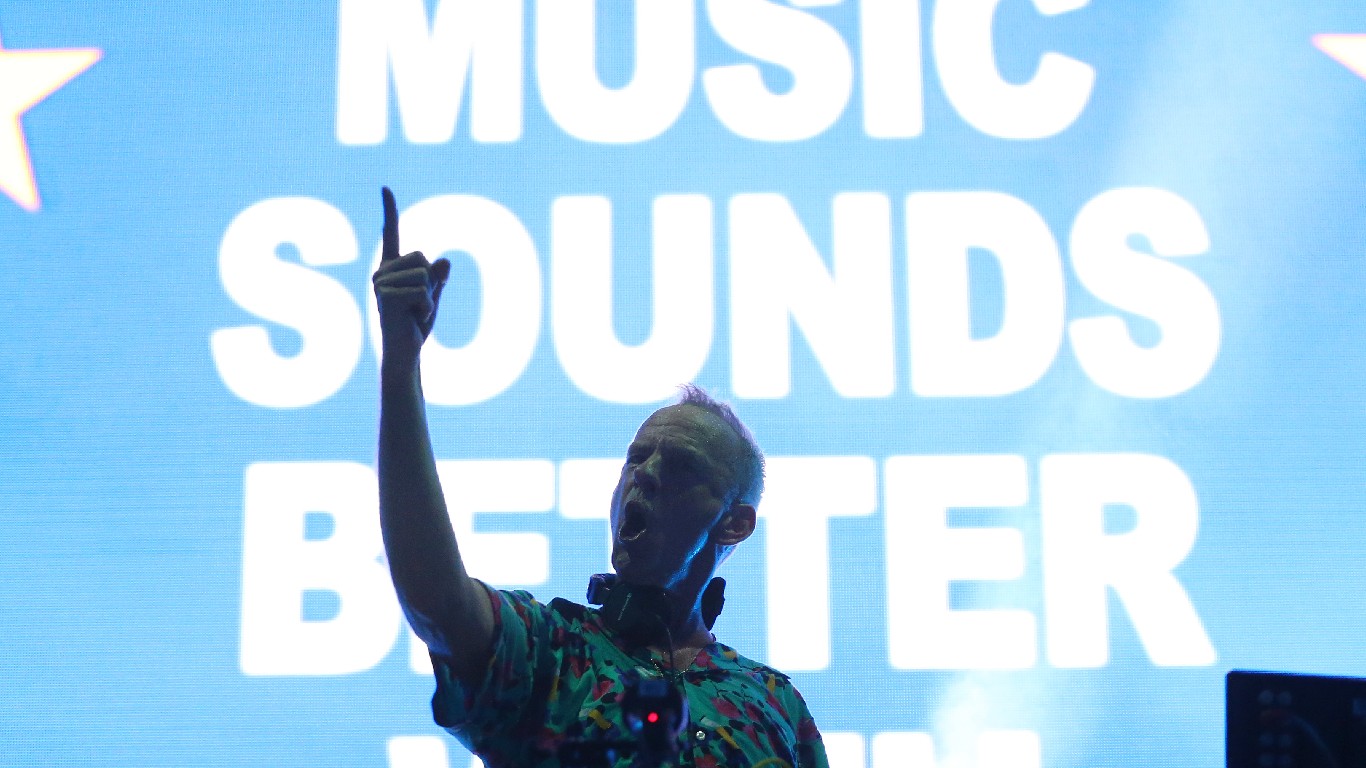
Praise You
> Released in: 1999
> Artist: Fatboy Slim
This low-budget, guerrilla-style music video by Spike Jonze, who went on to direct such films as “Adaptation” and “Her,” was shot on location without permission outside an L.A. movie theater. It features a flash mob of dancers in aerobics attire performing a bizarre routine to Fatboy Slim’s song, as bemused passersby look on and a theater employee attempts to turn off the music. It is often ranked as one of the best music videos of all time.
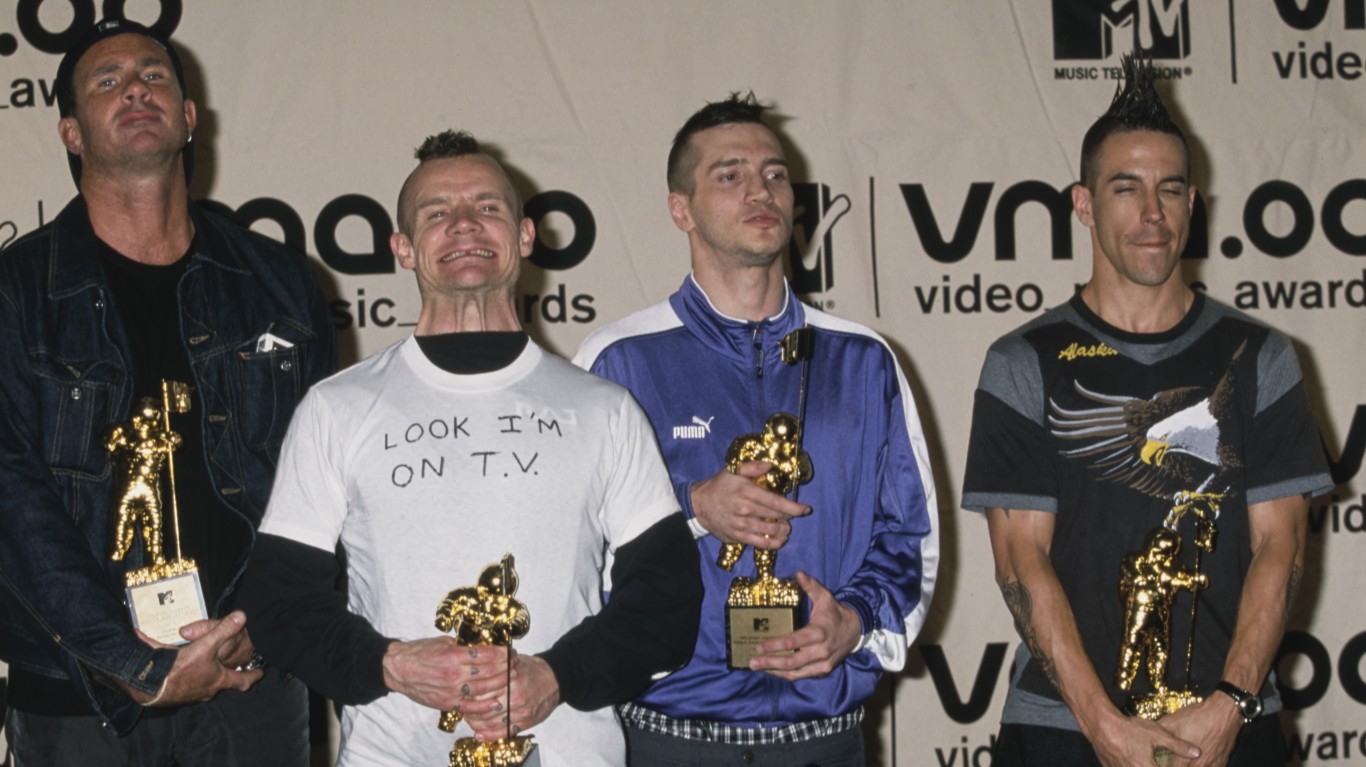
Californication
> Released in: 2000
> Artist: Red Hot Chili Peppers
Stylized as a 3D video game in which avatars of the band members encounter obstacles in a variety of California landscapes before being swallowed by an earthquake, this video by directorial team Jonathan Dayton and Valerie Farris reached 1 billion views on YouTube in 2022. The fictional portrayal inspired a real video game that was released in March 2022.
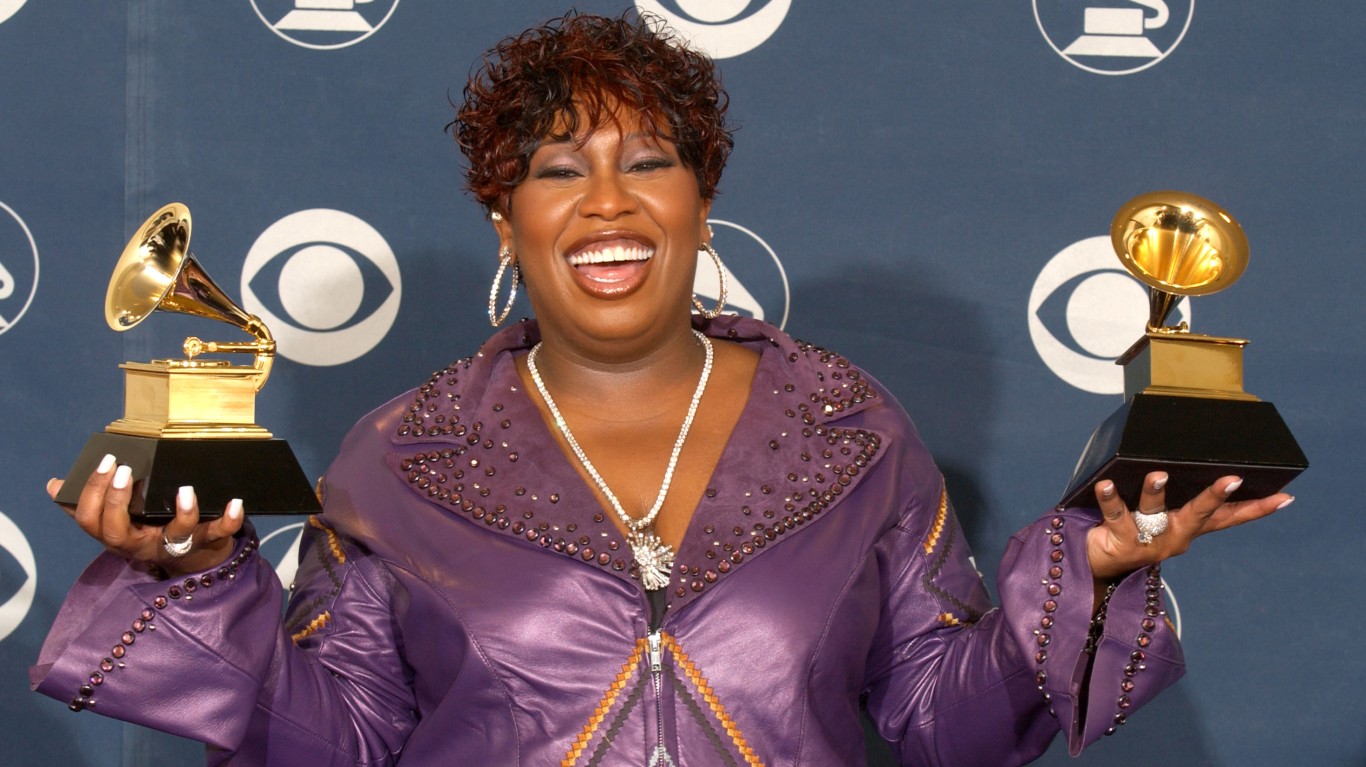
Work It
> Released in: 2002
> Artist: Missy Elliott
One of the most decorated female rappers in history, Missy Elliott is known for outlandish visionary music videos that feature unapologetic eroticism and body positivity. Directed by Dave Meyers, “Work It” features Elliott covered in live honeybees, as well as the artist in several surreal landscapes and gravity-defying poses.
[in-text-ad-2]

Feel Good Inc.
> Released in: 2005
> Artist: Gorillaz featuring De La Soul
This video from the virtual band Gorillaz portrays an animated band member, 2-D, as he attempts to convince himself to just “feel good” as he wakes up to the dark state of the world, and attempts to wake others. Exploring themes of intellectual freedom and the mass media’s role in influencing culture, the video won two MTV video music awards for Best Special Effects and Breakthrough Video.
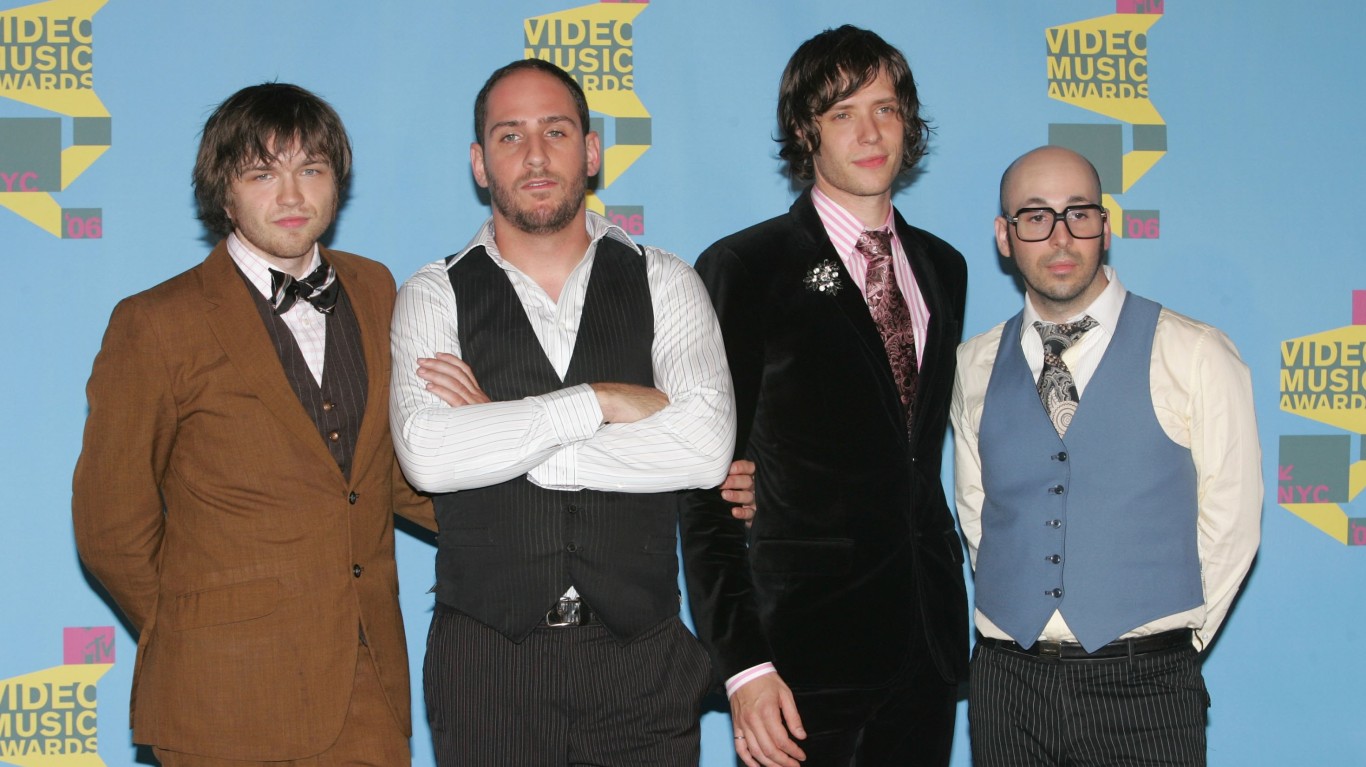
Here It Goes Again
> Released in: 2006
> Artist: OK GO
This low-budget video featuring the band members performing a choreographed dance on eight treadmills was shot in one continuous take, but took 17 attempts before the perfect shot was achieved. Choreographed and co-directed by the band and a band member’s sister, Trish Sie, it was one of the first viral music videos on YouTube and even won a Grammy award.
[in-text-ad]

Gangnam Style
> Released in: 2012
> Artist: Psy
This K-pop song and video were viral sensations and the video has gone down in history as the first to reach 1 billion views on YouTube. Psy skyrocketed to international stardom and his energetic horse-riding dance became a cultural phenomenon, with celebrities, politicians, amateur dance troupes, and even uniformed military personnel posting videos of their attempts at the dance.
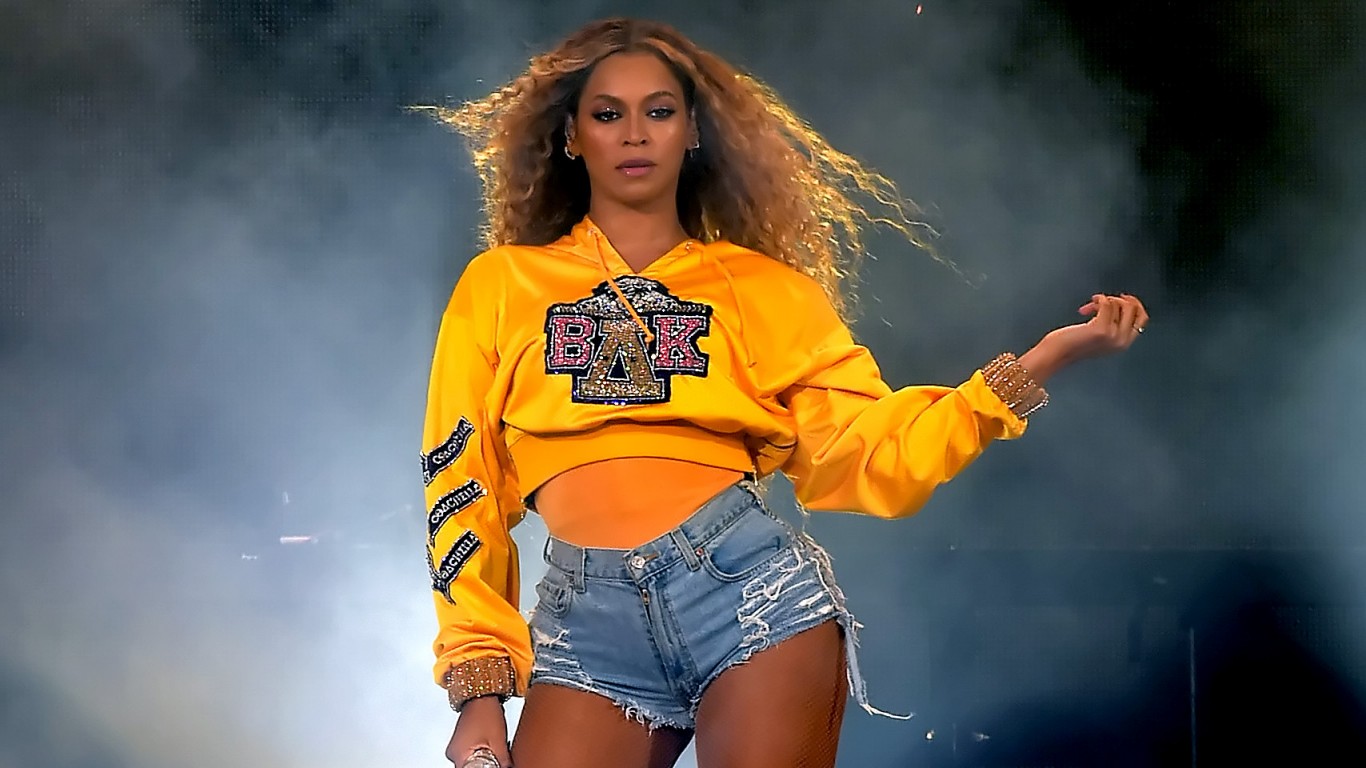
Formation
> Released in: 2016
> Artist: Beyoncé
This surprise release directed by Melina Matsoukas, set in New Orleans, explores the history of Black Southern culture, with references to Hurricane Katrina, police brutality, and Black power. The video won numerous awards including a Grammy, and in 2021 Rolling Stone named it the best music video of all time.
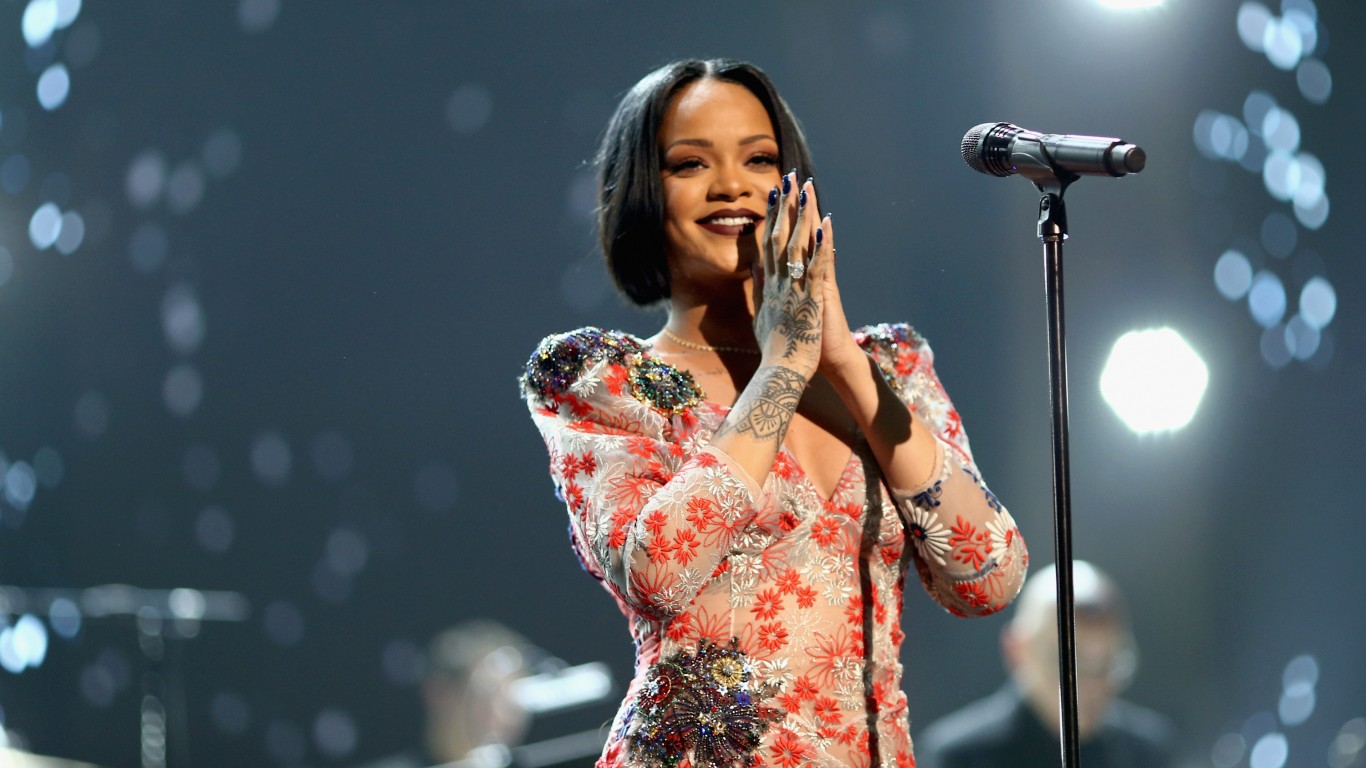
This is What You Came For
> Released in: 2016
> Artist: Calvin Harris & Rihanna
This collaboration between Scottish DJ Calvin Harris and Rihanna utilized cutting-edge video effects including a new technology that blended numerous projections at various angles so as not to skew the images. The video features Rihanna performing in a cube that flashes with various shots of nature landscapes and a crowded concert. It has been watched over 2 billion times on YouTube.
[in-text-ad-2]

This is America
> Released in: 2018
> Artist: Childish Gambino
Directed by Hiro Murai, this video contains numerous allusions to racism and gun violence in America. Singer Donald Glover (Childish Gambino) smiles and dances, sometimes with school children, amidst chaos and violence, with graphic scenes that include Glover shooting a man while in a Jim Crow caricature stance, and gunning down a gospel choir. “This is America” won four Grammy awards including Best Music Video.
Thank you for reading! Have some feedback for us?
Contact the 24/7 Wall St. editorial team.
 24/7 Wall St.
24/7 Wall St.

 24/7 Wall St.
24/7 Wall St.